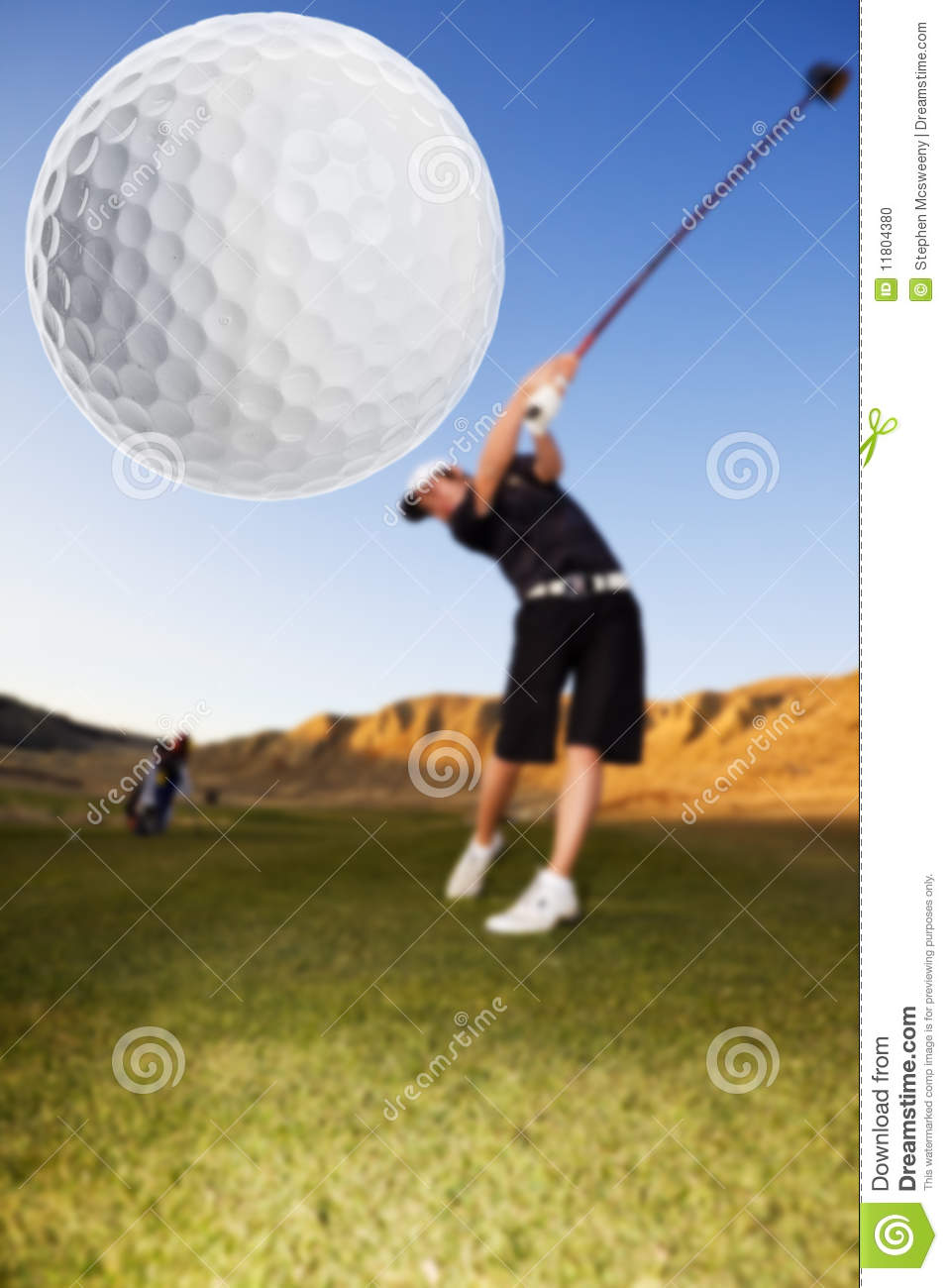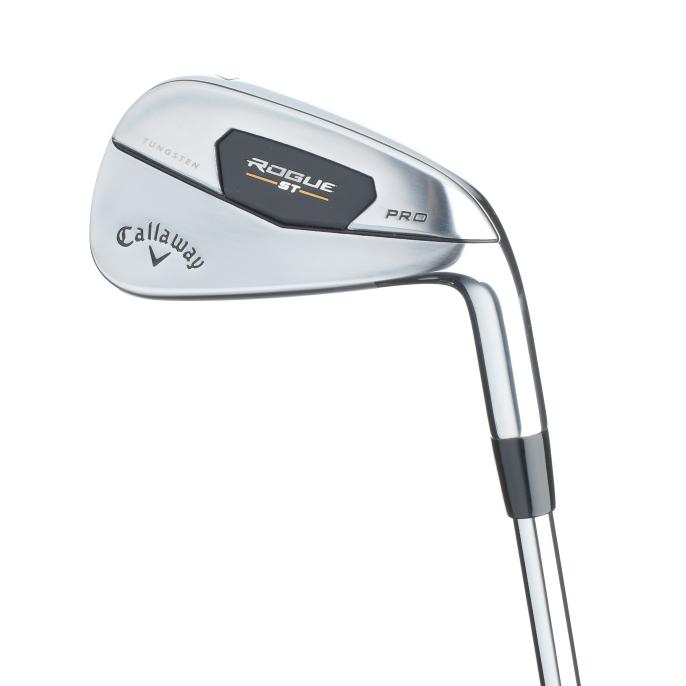
If you are golfing left, it is essential to be able to timing your downswing. If you're right-handed, you have a compact swing. Left-handed golfers have a larger swing which results in closer contact between the ball and the clubface. Here are some tips and tricks to help you avoid hitting pulled shots.
The swing of right-handed golfers is more compact.
The right-handed golfer tends to have a shorter swing than the left-handed player. You can make your swing shorter by keeping your arms closer to your body. This will reduce excess movement during your swing. By keeping your shoulders close together during your backswing you will be able hit the ball with a greater ball speed.
The grip is another key difference between left-handed and right-handed golfers. Right-handed golfers have a grip similar to a baseball bat. As such, it is important to relax your grip while you swing. This will also help your club head close properly through impact.

Swinging left causes the clubface to close
Sometimes, closing the clubface during a round of golf is not advisable. If other swing conditions are favorable, however, closed clubfaces may be an option. Closed clubfaces may be caused by poor grip, straightening your arms, or an early stop in rotation. If you see the clubface closing during your swing, then you need to make compensatory adjustments.
Depending on the type shot, a closed clubface could cause the ball's impact to be left. This means your shot will begin left of the target. Closed clubfaces can produce a slight fade all day. This can make for a powerful swing pattern that can result in consistent ball flight.
Techniques to avoid pulled shots
In the short game, pulled shots can be frustrating for golfers. They result in a miss that's close to the hole and can prove very costly. To avoid these shots, improve your technique. A few simple tricks can help reduce the number pulled shots. Here are a few of them.
First, keep the ball from being too far forward. Combining this with a poor alignment will result in a pulled-shot.

Getting the timing right on the downswing
It is vital to timing your swing properly when you are swinging your golf ball to the left. You could accidentally hit a shot that is unintentionally to the left or right. The right timing is essential for getting the most accurate shots.
You're not just pulling; you're also rotating the hips. Your clubface should be aligned at impact. If you only pull, your clubface will flare to the right and leave it wide. During your downswing you should also turn your left arm toward the target.
FAQ
Do I need any special skills to play golf?
No. All you need are a pair walking shoes, towel, and a couple of clubs.
How can I improve the game of golf?
There are many ways you can improve your game of golf. For example, you could join a golfing club. You can meet other golfers and learn new techniques by joining a club.
You could also buy some equipment such as clubs and balls. These items will improve your game.
You could also read books about golf. A deeper understanding of the game's rules and regulations can be gained by reading about it.
How is golf scored?
The scorecard has four sections: Stroke, Stroke Play and Par 3. Each category can be further broken down into strokes. A player must complete 18 holes (Par 72) to reach par.
The lowest score wins.
How can I practice my golf swing properly?
Practice makes perfect! Any sport needs practice. To improve your skills at golf, you need to practice. Practice until you are comfortable with the basics.
You should practice using both hands. First, practice with shorter shots. Next, move onto longer drives. Practice chipping and putting.
What is a Par?
Par refers to the number of strokes needed to complete a hole. The sum of all the individual scores is used to calculate the score.
There are 18 holes in a round of golf. Each hole is assigned a rating. The highest rated hole is called "par 3''. It is three strokes from the hole. "Par 5" is the lowest rated hole. It is five strokes from the hole.
Statistics
- He shanked the first attempt, but it is estimated his second went more than 200 yards (180 m).[52]Golf courses worldwide. Below are the top 20 countries with the most golf courses as of 2019.[53]CountryNumber of (en.wikipedia.org)
- They do this by means of assessing and rating courses according to the average good score of a "bogey golfer," a player with a handicap of around 20. (en.wikipedia.org)
- In the United States, the number of people who play golf twenty-five times or more per year decreased from 6.9 million in 2000 to 4.6 million in 2005, according to the [51] (en.wikipedia.org)
- Buying a set of Titleist or Taylor-Made irons for nearly $1,000 is simply not necessary and likely a waste of money. (golficity.com)
External Links
How To
How do you play better golf in windy conditions?
Golf is a game played outdoors in open spaces on well-kept grassy areas. It is one among the most popular games in the world. There are many kinds of golf courses in the world. They range from public parks and private clubs. Indoors, like indoor arenas and shopping malls, you can also play golf. You must hit golf balls into a series of holes. Each hole features a fairway and rough, hazards (e.g.. water), and a teebox. You can choose to use a driver, wedge (long iron), or putter depending on what type of shot you are looking for. Depending on the rules of the course, players may have to carry the ball up to a certain distance before hitting it, or they may only have to drop the ball in the cup. There are many factors that affect how a golfer hits the ball when playing outside. These conditions include wind speed, temperature, humidity, visibility, and visibility.
There are two main types of winds: crosswinds and headwinds. Headwinds blow from the right to the left and crosswinds are from the left. If the wind is blowing towards a golfer, it will blow against him/her. If the wind is blowing away, he/she'll be hitting with wind. Playing golf in a strong wind is much harder because the ball tends to fly higher and further. It is difficult to control the ball's trajectory and direction. To compensate for these effects, players try to keep the club face perpendicular to the ground. They strike the ball in a way that allows them to make full contact with it and get maximum power out of it. Even though the ball is less likely to fly in stronger winds, it still travels further due to its increased air resistance.
Playing in the wind can be difficult. As mentioned above, the wind affects the flight path of the ball. A good golfer should always know what kind of wind is currently affecting the area. He/She would adjust the swing to compensate so that the ball can be hit cleanly and with minimal energy. It is also important to consider the direction of the wind. Wind doesn't travel in the same direction. For example, the wind from the ocean tends to be quite light, but it's often stronger near shoreline. The wind blows closest to the ground in a similar way. These factors mean that golfers must be aware of the direction and intensity of the wind.
You must adjust your swing constantly to play golf in wind. Watch the wind and ensure that your swing aligns properly. Learn how to read the winds and adjust your swing accordingly.